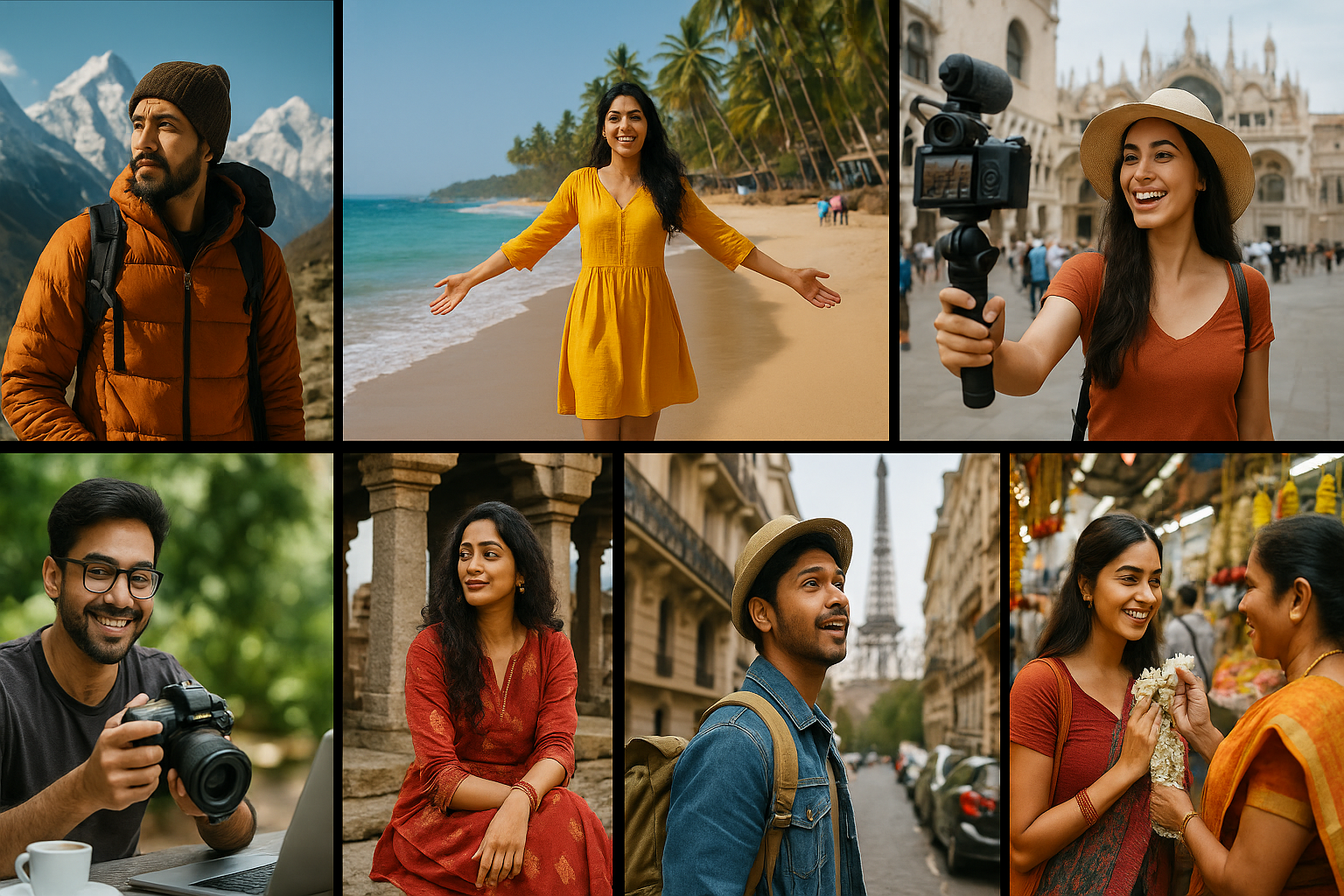In a bold and progressive move to boost India’s domestic and international tourism, Union Tourism Minister G. Kishan Reddy recently announced the government’s intent to collaborate actively with social media influencers to promote hidden gems and major destinations across the country. This strategic shift underlines how digital creators are now at the forefront of tourism marketing, turning likes, views, and reels into powerful tools of discovery and economic growth.
The Rise of Influencer-Led Travel Campaigns
In recent years, the way people discover travel destinations has fundamentally changed. Traditional brochures and TV ads are giving way to Instagram stories, YouTube vlogs, and real-time content that provides raw, authentic travel experiences. Recognizing this transformation, the Ministry of Tourism is now focusing on leveraging influencer partnerships as a core component of its strategy to position India as a world-class tourist destination.
This initiative isn’t merely about roping in big names with huge followings it’s about targeting niche travel influencers who specialize in heritage, food, adventure, spirituality, and offbeat experiences. Their loyal, engaged audiences trust their recommendations, making them powerful ambassadors for India’s diverse travel offerings.
What Makes This Move So Strategic?
Minister Reddy emphasized that social media today is the most effective way to reach millennials and Gen Z—audiences that seek experiential travel. By collaborating with content creators who share immersive stories from the streets of Varanasi, the peaks of Himachal, or the deserts of Rajasthan, the government aims to create a digitally-driven roadmap for tourism.
Here are a few key advantages of this strategy:
- Cost-effective Promotion: Influencers generate organic content that often outperforms traditional ads in reach and engagement.
- Authenticity: Real-time travel diaries and vlogs offer a more genuine view of a destination.
- Viral Potential: Influencer-led campaigns can quickly go viral, bringing massive visibility to lesser-known places.
Influencers as the New Travel Ambassadors
India has no shortage of talented travel content creators names like Shenaz Treasury, Larissa Dsa, Bruised Passports, and Tanya Khanijow are already popular among global audiences. They bring local culture, street food, architectural beauty, and natural wonders to life in ways that resonate deeply with viewers.
The government’s plan to onboard such influencers and provide them access to government-supported events, cultural experiences, and tourism circuits can significantly amplify India’s appeal. It’s a modern approach to tourism diplomacy—building narratives that are visually rich and emotionally compelling.
Promoting India’s Cultural and Spiritual Heritage
The government is particularly keen on spotlighting India’s rich spiritual tourism potential. From the Char Dham Yatra to Bodh Gaya and Sufi shrines in Delhi, influencers can help global travelers explore India’s spiritual depth beyond just the Taj Mahal or Goa beaches.
This shift is already visible in campaigns around the Ganga Vilas luxury cruise, the “Dekho Apna Desh” initiative, and curated temple circuits. With the right content strategy, these can go far beyond being just local attractions they can become viral digital sensations.
A Boost for Local Economies and MSMEs
Tourism is not just about footfall at monuments—it’s about the livelihood of thousands of artisans, guides, hotel owners, and food vendors. Influencers showcasing local crafts in Kutch, or recommending boutique stays in Coorg, indirectly support micro, small, and medium enterprises (MSMEs). This ripple effect can contribute significantly to the rural and semi-urban economy.
The Road Ahead
India aims to attract 100 million international tourists by the end of this decade. With events like G20 putting India on the global stage, the timing couldn’t be better to launch an influencer-driven campaign for tourism. But success will lie in a few key pillars:
- Curating quality influencers over just high-follower accounts
- Providing access to unexplored destinations
- Encouraging multilingual content for regional reach
- Integrating data analytics to measure engagement and ROI
Conclusion
The Indian government’s decision to work with influencers is a forward-looking approach that acknowledges the power of digital storytelling in shaping tourism trends. As smartphones replace tour guides and reels become the new travel brochures, influencers are now more than just entertainers they are destination creators.
With the right partnerships, India’s tourism potential can be not only revived post-pandemic but expanded to reach the corners of the globe where digital wanderlust is just a click away.







